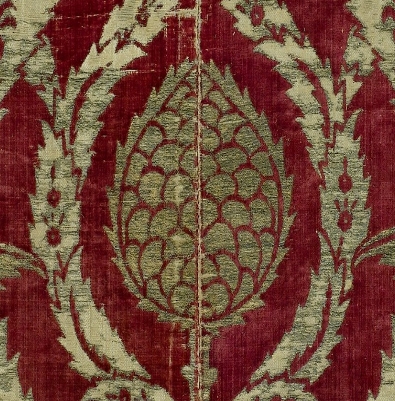
Study Day: The Bowes Museum


Aims and Objectives
In the last two decades, the history of dress and its related area of textile history have developed into immensely popular fields of study. Their growing importance have recently been given expression in the 2009 AHRC-funded “Early Modern Dress and Textiles - A Research Network”and the exhibition In Fine Style: The Art of Tudor and Stuart Fashion (opened 10 May at The Queen's Gallery, Buckingham Palace) . Clothing underpins many practises in any society and is therefore a particular rich source tool for most humanities disciplines. In turn, dress and textile history have benefited from a cross-disciplinary exchange with other humanities subjects and their approaches to material culture, gender studies, social and economic history. However, a concerted and detailed dialogue between history of art and dress/textile history has so far not taken place. This is the more surprising given that visual source material lies at the heart of both, the history of textile/dress and the history of art.
The study day at The Bowes Museum hopes to address this great lacuna in the humanities. It brings together scholars for an interdisciplinary dialogue between the history of dress/textile and the history of art. Papers and presentations by renowned scholars and younger researchers will set the scene for discussion and exchange. The Bowes Museum has not only an outstanding collection of sixteenth-and seventeenth-century paintings, but also holds the stewardship of the renowned Blackborne Collection of historic lace. Participants will therefore not only reflect upon the current conditions and future directions of the history of dress/textile and the history of art in general, but will also engage in an object-based interrogation of the very fission between thread and pigment more specifically.







